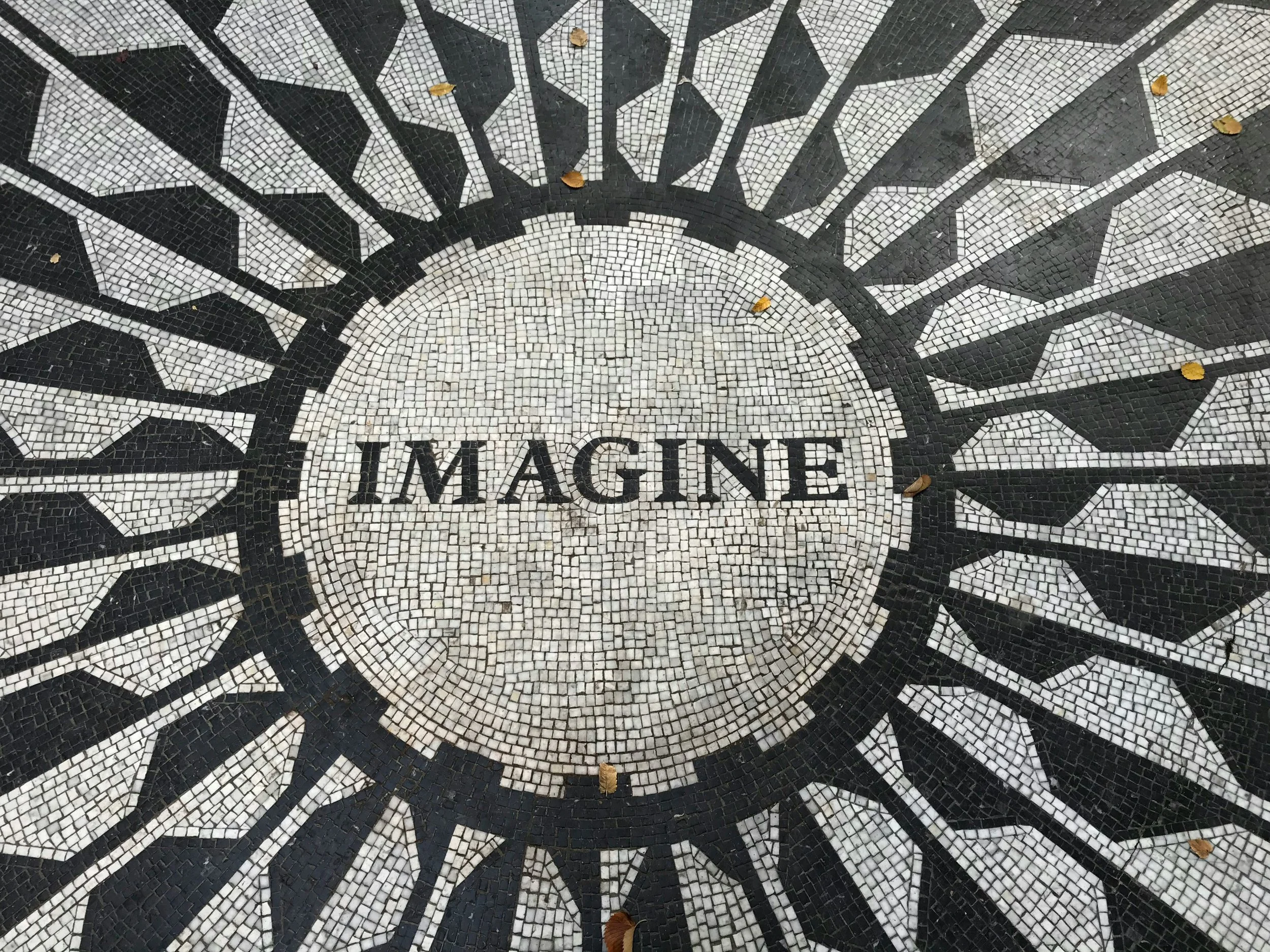Standing in the Future: The Power of Visioning as If You’ve Already Arrived
Our sense of possibility lives in time. Can we get something done in an hour? A week? A year? Five years? We constantly calibrate our efforts around time horizons—immediate tasks, short-term goals, long-range plans. Being tactical keeps our attention on what’s right in front of us. Strategic thinking, by contrast, implies stepping back, surveying the landscape, and making deliberate choices about the longer term.
But even strategy can fall short.
As one academic leader once said, “A strategic plan is a document everyone contributes to—and no one reads after it’s approved.” Too often, strategy becomes performative: a polished artifact rather than a catalyst for bold change.
That’s because visioning and strategy are not the same thing.
Strategy asks: How will we get there?
Vision asks: Who do we want to become?
We often jump straight into strategy—prioritizing initiatives, aligning resources, crafting five-year plans—to give ourselves the comfort that we’re rowing in the “right” direction. But strategy without vision is just operational efficiency. It may optimize performance, but it rarely inspires transformation.
By contrast, visioning demands imagination. It calls on us to step out of constraint thinking and into possibility. It’s about seeing success in a particular domain and giving ourselves permission to believe it’s achievable. Consider the following example:
To be the most daring and inclusive arts and design school in the country—where creativity is a catalyst for social change, cultural connection, and future-ready innovation. Our graduates will be known not just for their talent—but for their impact.
That’s a vision.
Now consider the accompanying strategy:
Redesign core curricula to integrate climate futures and emerging tech.
Create interdisciplinary studios that bring together design, computing, and biology.
Offer micro-credentials.
Those actions define the path. But it’s the vision that defines the why.
Moving Out of Constraint Thinking
If strategy is the how and vision is the what and why, how do we access the mindset needed to create an authentic vision?
We do it by shifting from looking forward to looking back—from the future.
Instead of asking, “Where do we want to be in five years?” ask:
“It’s June 2030—what does success look like now that we’ve achieved it?”
This subtle but powerful shift frees us from the constraints of current assumptions. Looking forward tends to trigger our inner critic: “We don’t have the funding for that. We’d never get faculty buy-in. There’s no way we could launch that in time.” It’s a mindset bound by what is.
Looking back from the future allows us to focus on what matters: “What were we proud to accomplish? What impact did we create? What risks did we take that paid off?” It activates emotional clarity and aspirational courage. It moves us out of survival mode and into leadership.
But it also starts with being able to describe what the vision looks like in real time:
Campus landmarks and digital installations highlighting student-led research, community partnerships, and public scholarship.
An interdisciplinary Solutions Lab connecting humanities, sciences, and policy—advancing ideas from whiteboard to real-world application.
Capstone symposiums bringing together undergraduates and PhDs to present work with civic, global, and scholarly impact.
Screens across campus spotlight faculty and visiting scholars tackling urgent questions—from climate justice to democratic resilience.
A palpable sense of purpose fills the campus—students and faculty driven by curiosity, impact, and public good.
Visioning becomes vivid when we don’t just talk about the future—we describe it as if we’re standing in it. Looking back from that future state sharpens our focus on what truly mattered: the pride we felt in what we built, the impact we created, and the risks we took that made it possible. But this clarity starts by naming what success actually looks, sounds, and feels like. These real-time snapshots make the vision tangible—and turn aspirations into momentum.

